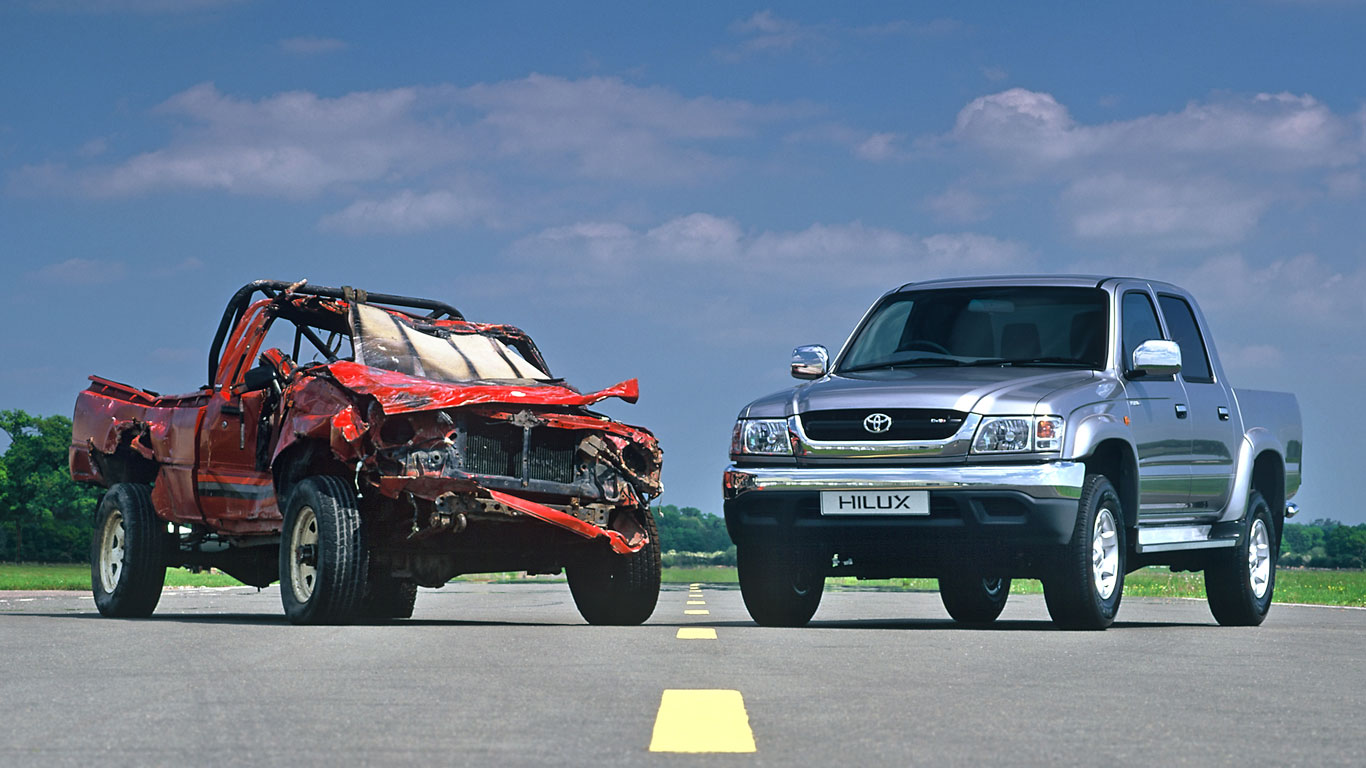
Compile a list of the world’s toughest vehicles and the Toyota Hilux is likely to appear somewhere near the top. As comfortable at the centre of a civil uprising as it is on the uplands of Wales, Toyota’s virtually indestructible pick-up has developed a formidable reputation for robustness and dependability. To celebrate 50 years of the Hilux, we take a look back at the history of the truck even Jeremy Clarkson couldn’t kill.
Top Gear: the indestructible Toyota Hilux
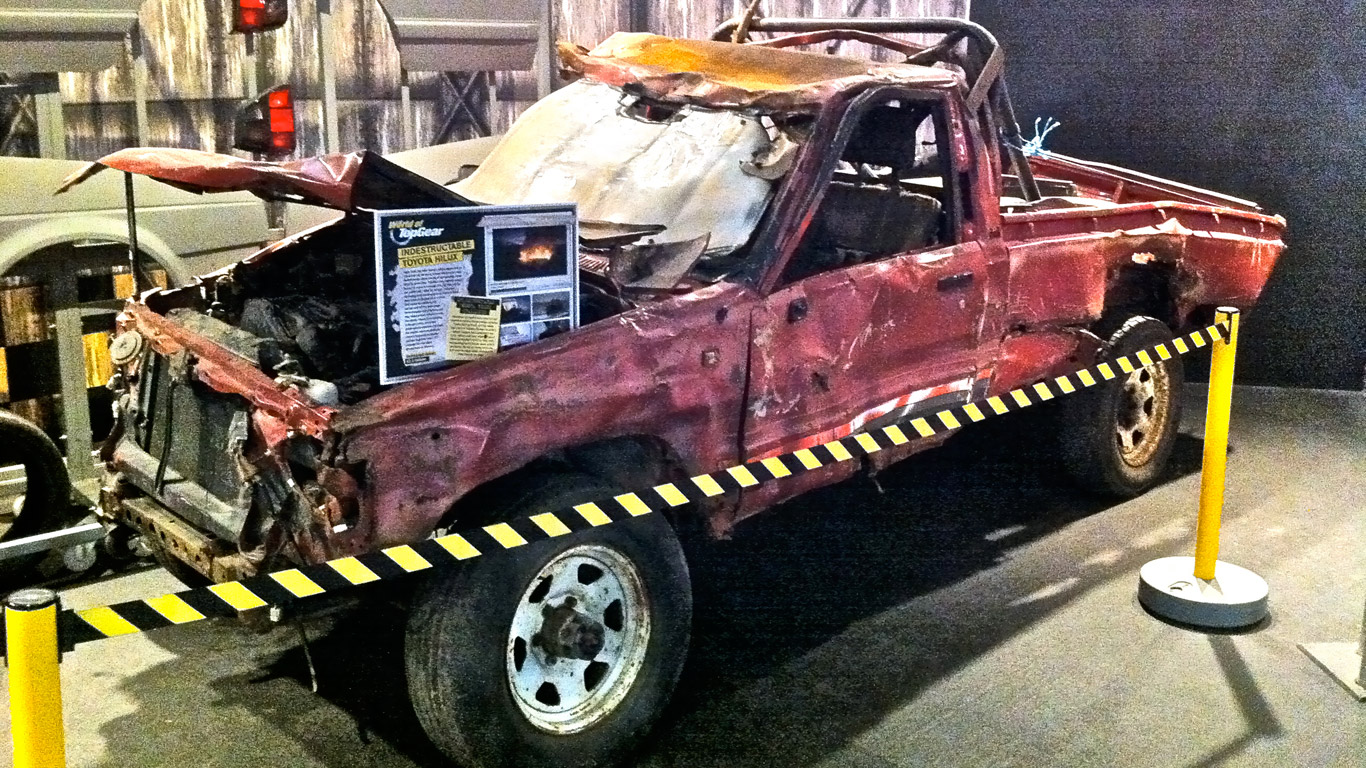
First, he drove it down some steps. Next, he took it on a destructive tour of Bristol. Then, he parked it in the Severn Estuary and waited for the tide to come in. He even tried death by caravan and fire. But, no matter what Jeremy Clarkson did to the Toyota Hilux, he couldn’t kill it. So, James May stuck it on the roof of a tower block that was about to be demolished with explosives. Needless to say, it survived, and was driven into the Top Gear studio.
Top Gear: Toyota Hilux Arctic Trucks
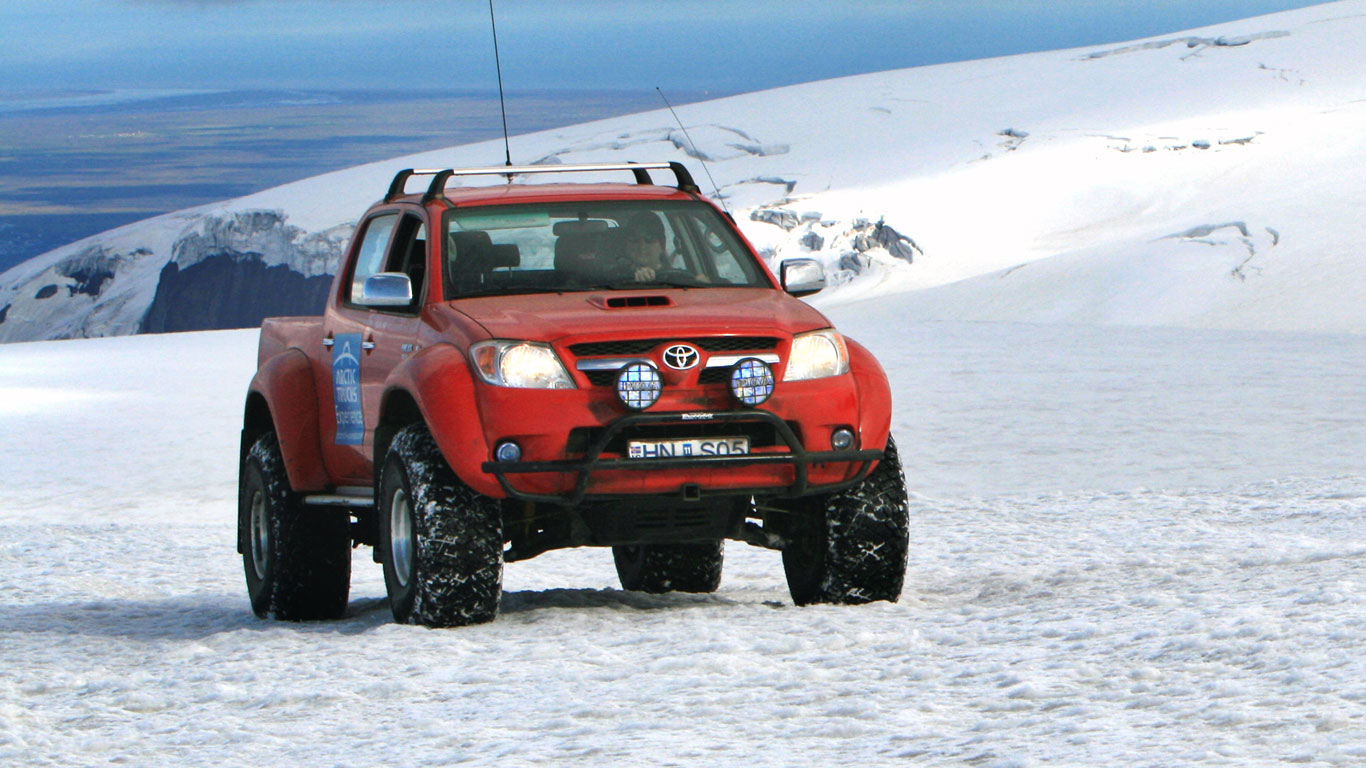
In 2007, Clarkson, Hammond and May raced from the town of Resolute in Canada to the Magnetic North Pole, 450 miles away. Hammond travelled by dog sled, while Clarkson and May were at the wheel of a Toyota Hilux modified by Arctic Trucks. Three years later, James May was sent to Iceland to see how close it’s possible to drive to the mouth of an active volcano. His choice of wheels: a Toyota Hilux.
The Toyota War
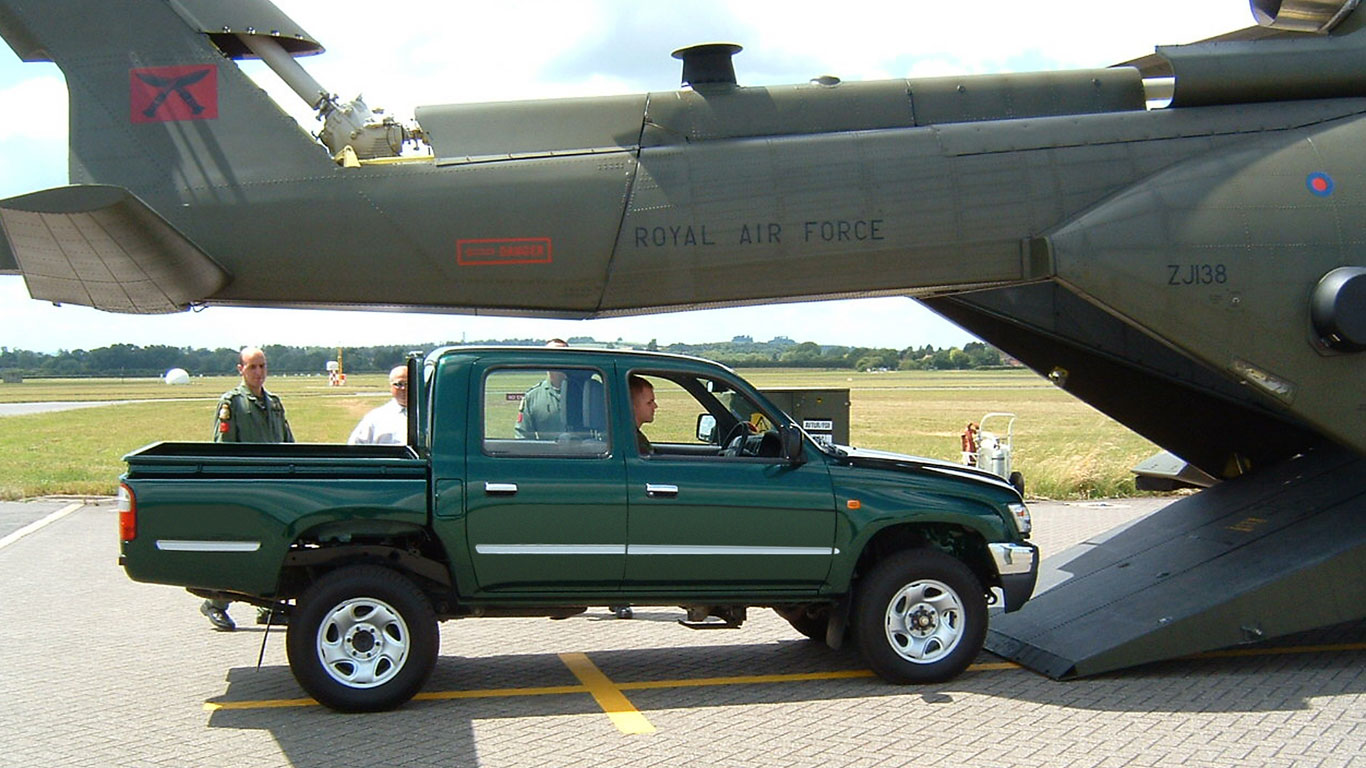
Here is the Toyota Hilux being used as a force for good by the RAF, but the pick-up is also the choice of revolutionaries, guerrilla fighters and terrorists. In fact, such was the truck’s ubiquity in the Chadian-Libyan conflict of 1987, it became known as the “Toyota War”. In an article in Newsweek, Andrew Exum, a former Army Ranger and now a fellow of the Centre for a New American Security, said: “It’s the vehicular equivalent of the AK-47. It’s ubiquitous to insurgent warfare. And actually, recently, also counterinsurgent warfare. It kicks the hell out of the Humvee.”
Back to the Future: Toyota Hilux SR5 Xtra Cab
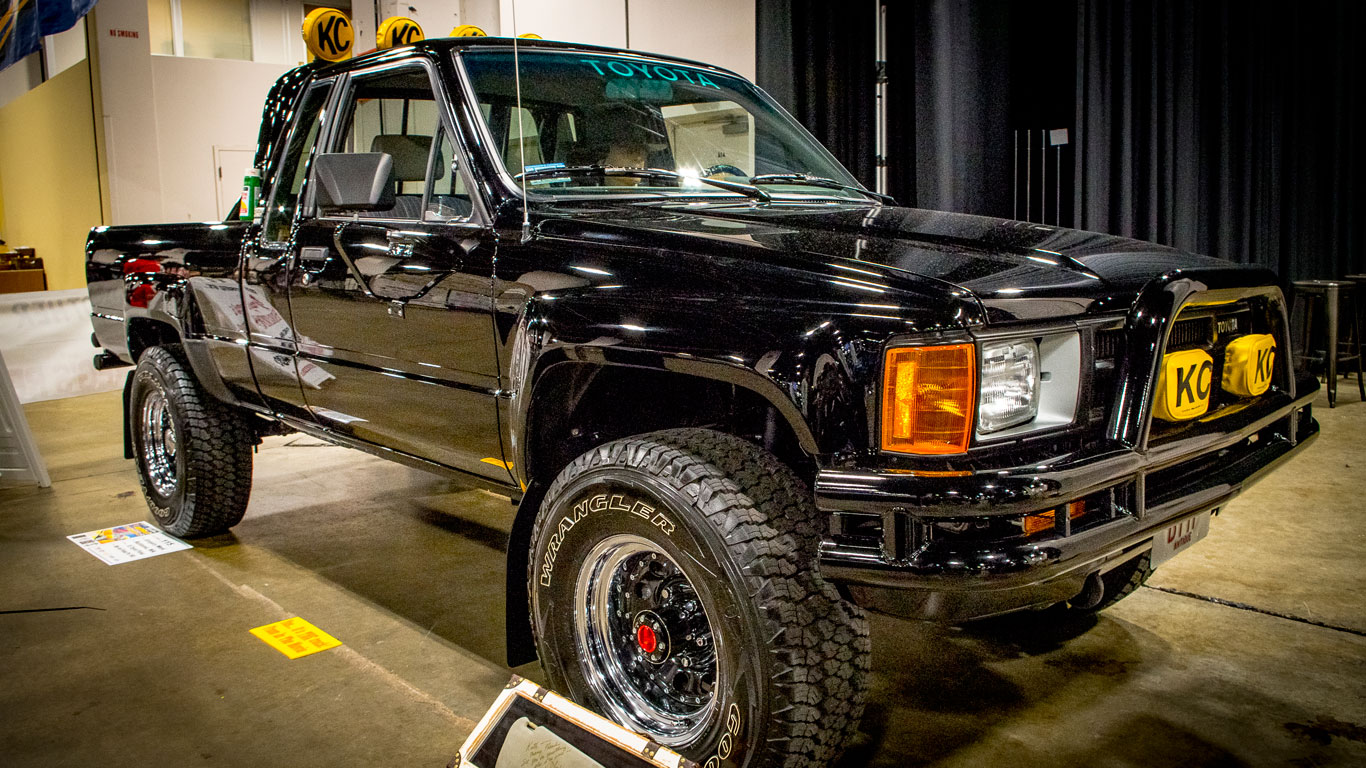
Think of Back to the Future and one car springs to mind. But while the DeLorean DMC-12 grabs the limelight, Marty McFly’s Toyota Hilux pick-up is arguably just as cool. The original SR5 Xtra Cab was written off, so a duplicate was required for the second movie. Be honest, you really fancy a black Hilux with a set of KC daylighters, don’t you?
Dakar Rally: Toyota Hilux
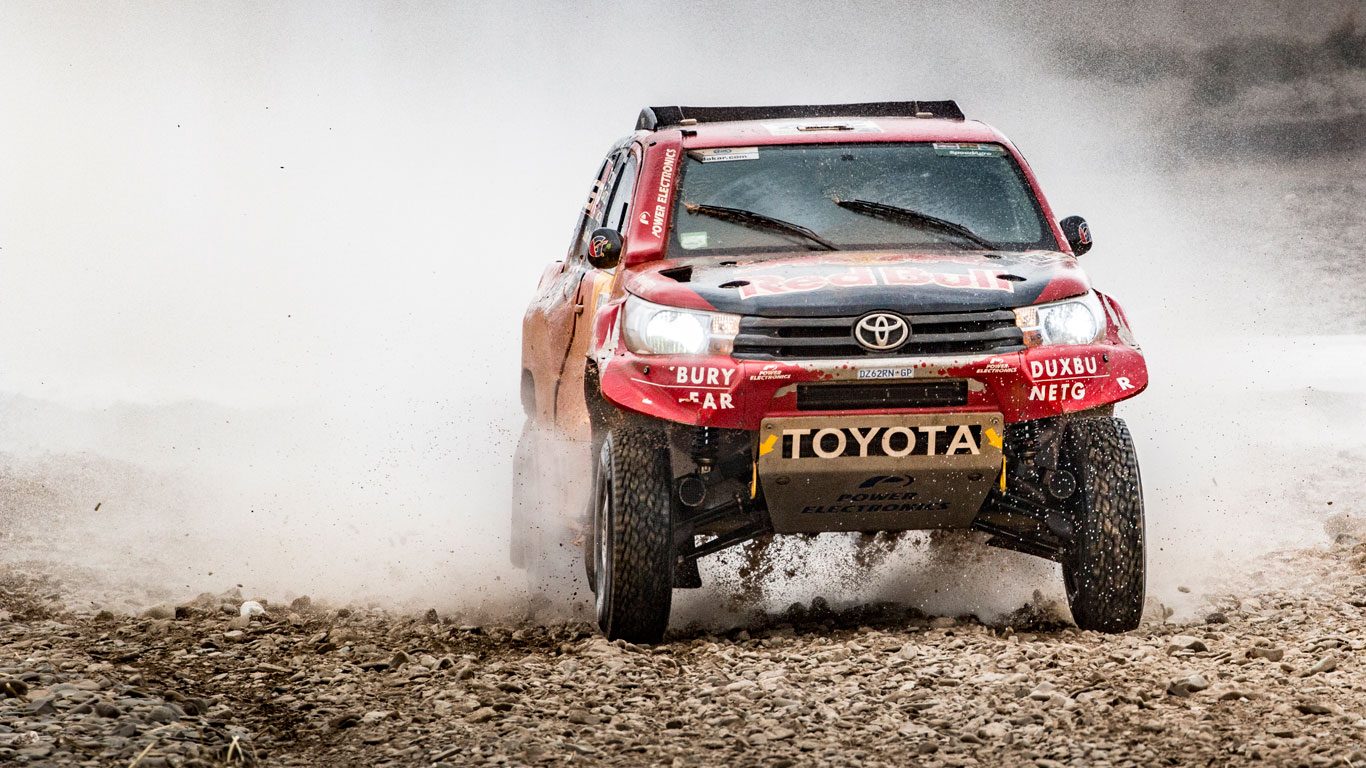
Toyota has participated in the Dakar Rally since its inception in 1979, with Toyota Gazoo Racing South Africa entering three modified Hilux models in the 2018 event. In fact, of the 92 cars that began the 5,500-mile race, 47 were Toyotas. The Hilux finished second and third, as well as taking five positions within the overall top 10. But enough of the present, what about the history of the Toyota Hilux?
Toyota Briska
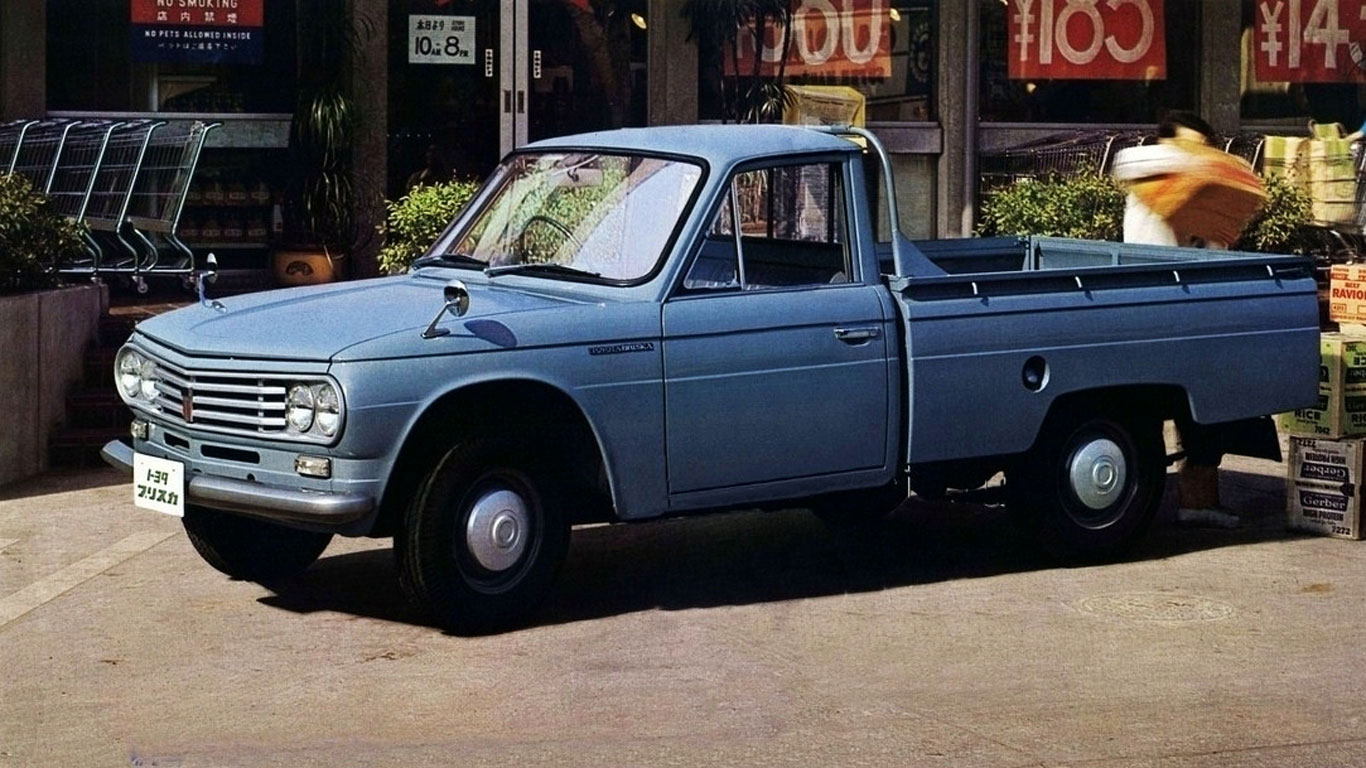
The Hilux can trace its roots back to the Hino Motors Briska, a small truck with seats for three people and a payload capacity of 750kg. The little truck made its debut in 1961, before the second-generation Hino Briska was launched in 1965. When Toyota and Hino Motors signed a partnership agreement in 1966, it wasn’t long before the Briska was given a Toyota badge, while Hino began working on a successor to the Briska, which was released in 1968 under the Hilux name.
Toyota Hilux N10
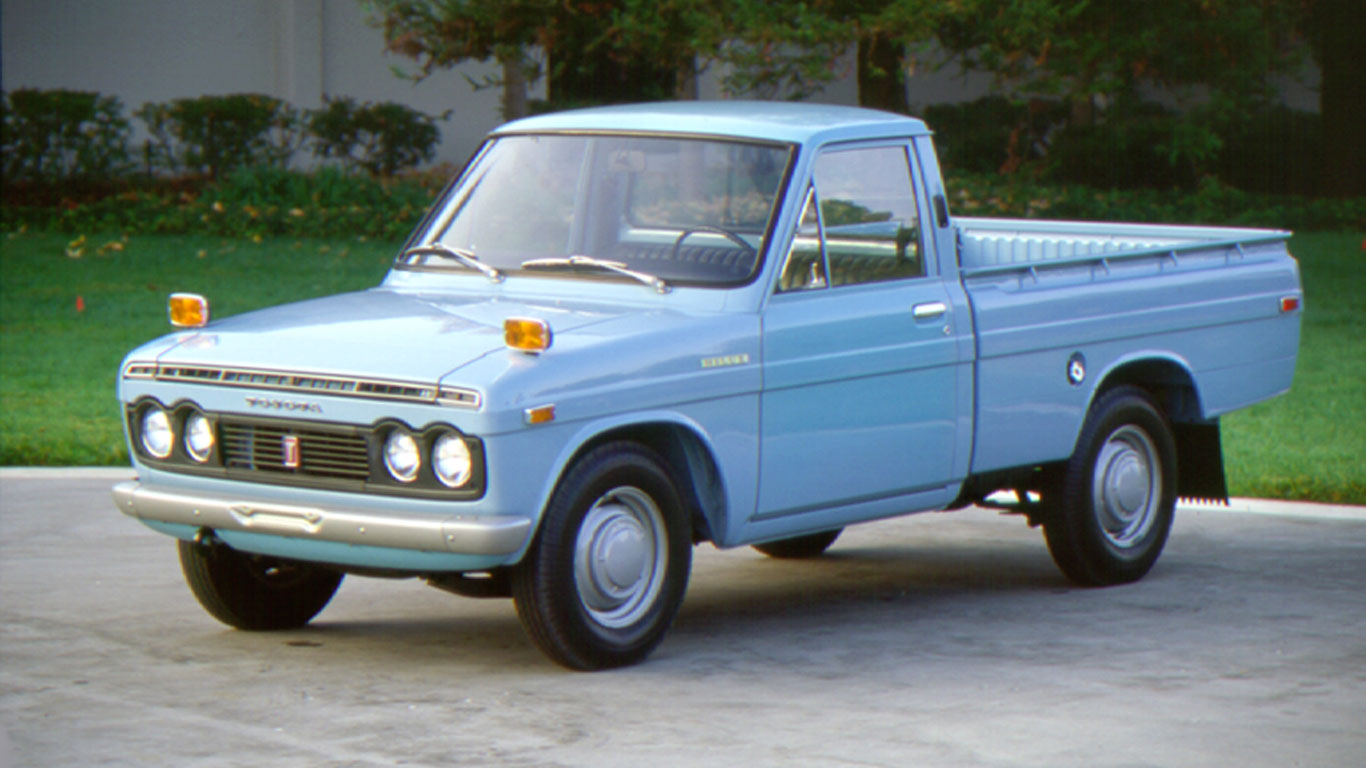
The N10 was born in March 1968, when Japanese dealerships took delivery of the first genuine Toyota Hilux pick-up. It continued to be built at Hino Motors’ Hamura plant and sat alongside the Corona and Masterline in Toyota’s range of light-duty pick-ups. The name, in case you were wondering, is a combination of “high” and “luxury”.
Toyota Hilux N10
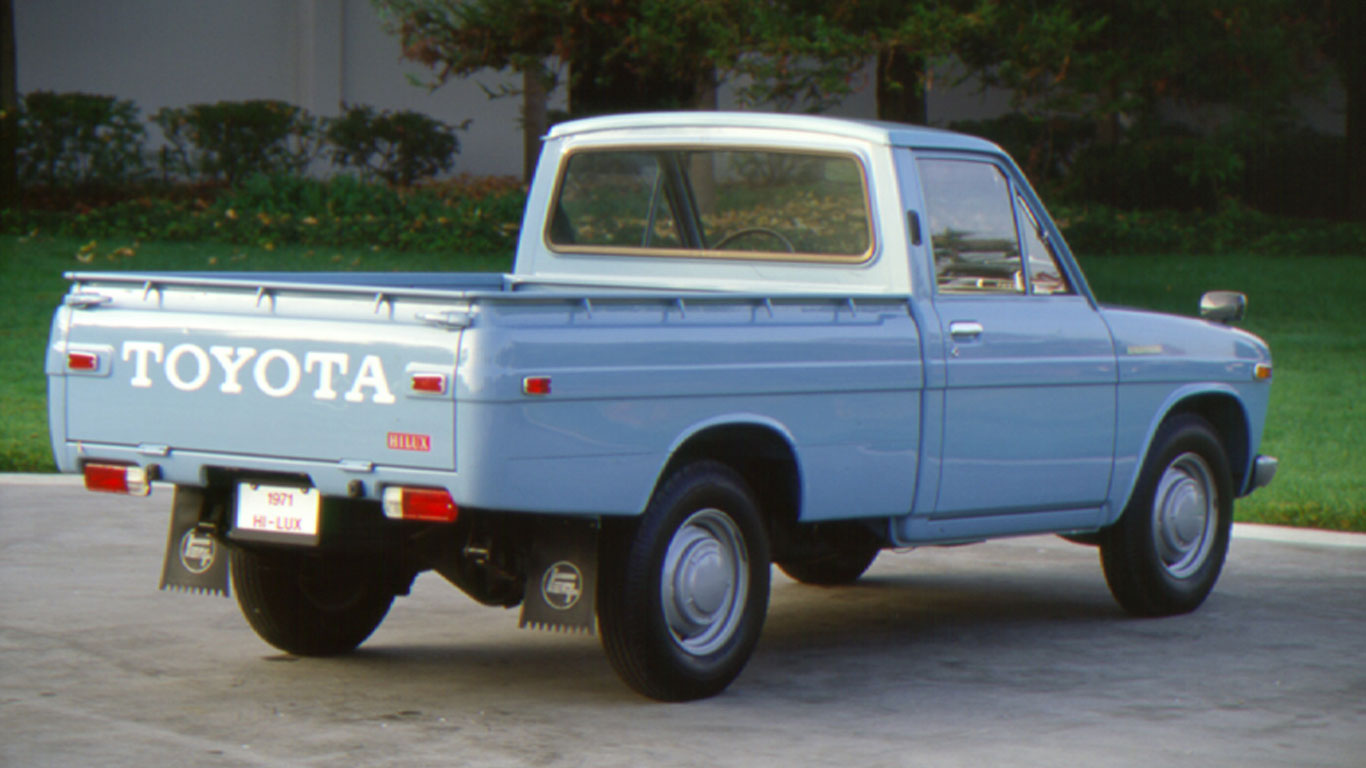
In the same year, Toyota began exporting the N10 to Australia and Saudi Arabia, two regions where it would become part of the automotive furniture. In June 1969, the Hilux – simply badged as the Toyota Truck – was introduced to the US market, replacing the Stout, which had been on sale since 1964. The UK market would have to wait a little while longer.
Toyota Hilux N20
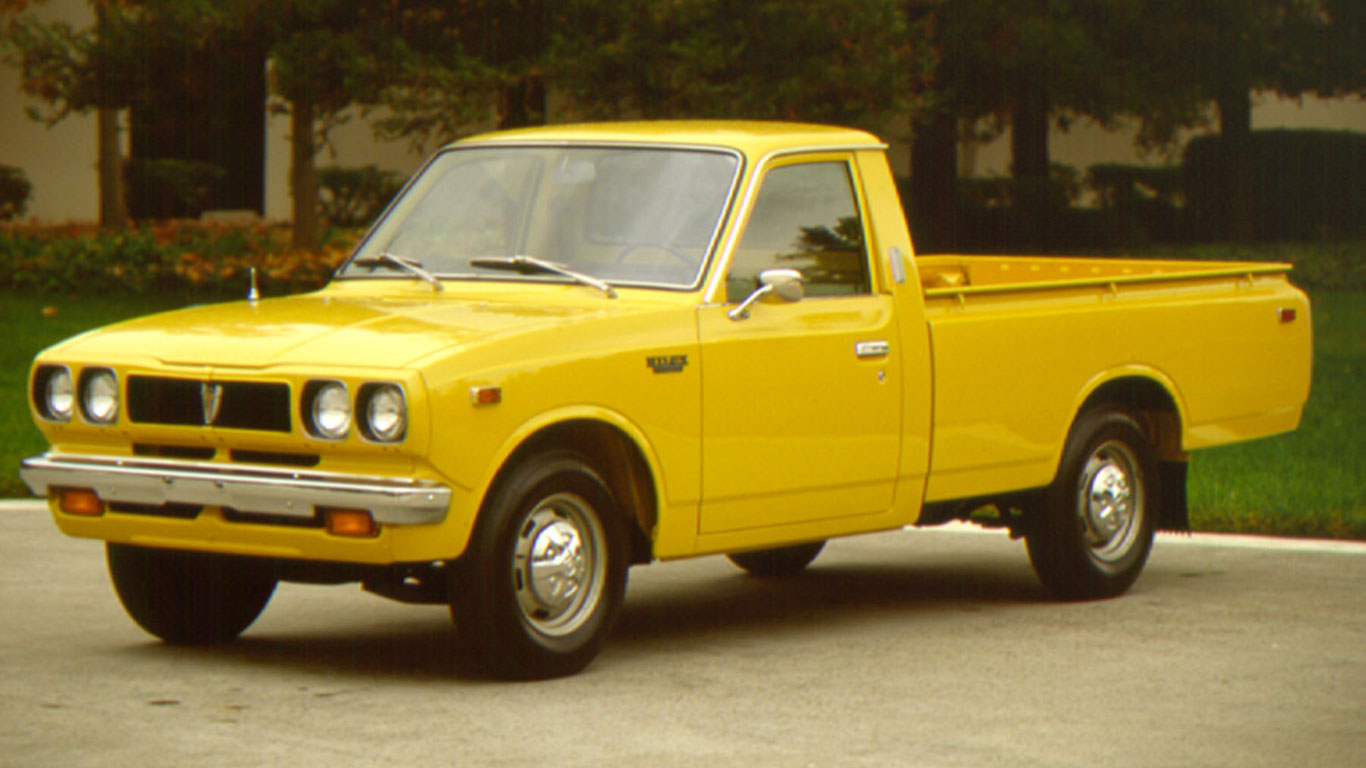
The second-generation Toyota Hilux arrived in May 1972, which signalled its introduction to the UK market. Although based on the previous model, the N20 featured an extended wheelbase and new safety features, including servo-assisted dual brake master cylinders and load-sensing brake proportioning valves. The length and the payload capacity remained the same. A long-bed version was added to the range in 1973, while a move upmarket led to the introduction of a 2.2-litre engine and SR5 trim level in the US.
Toyota Hilux N30
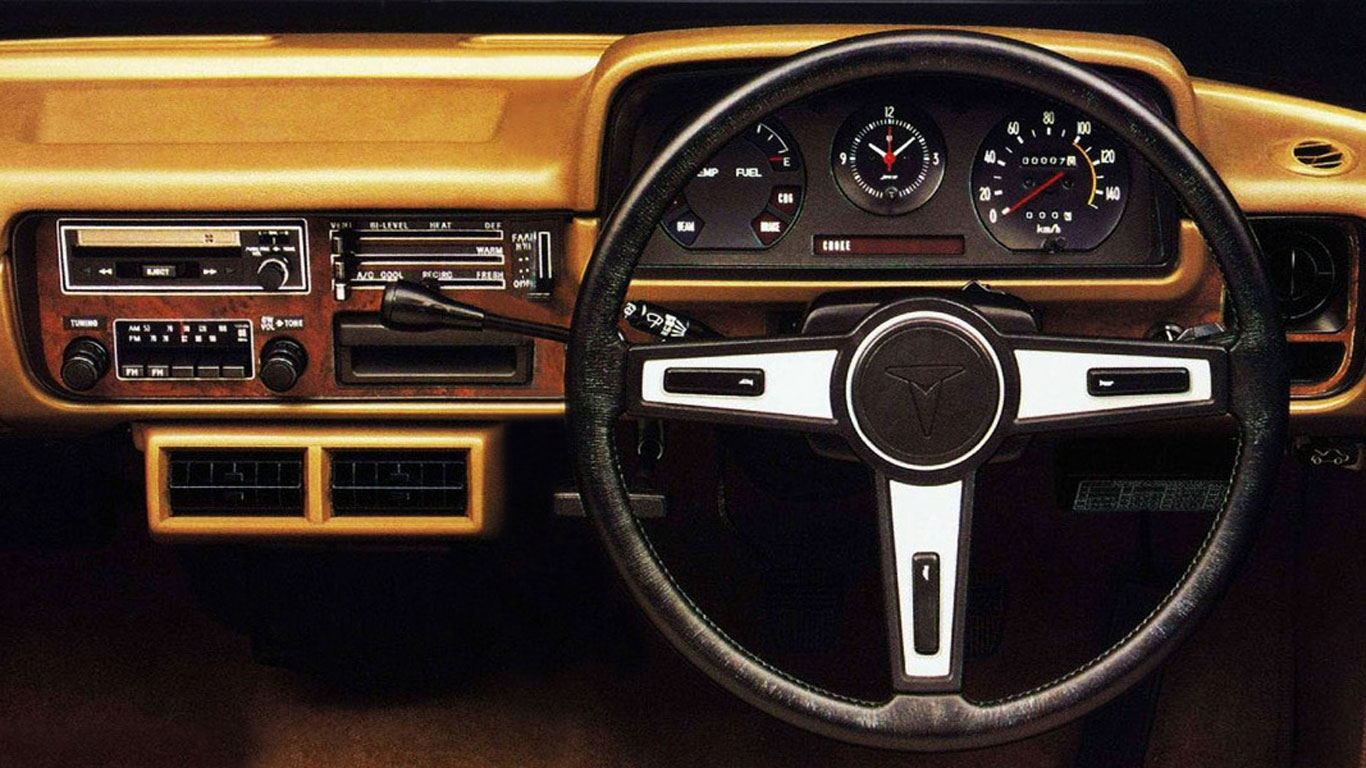
Until the late 1970s, the Toyota Hilux had been nothing other than a workhorse, complete with live axles and leaf springs. But, led by the market trends in the US, it was beginning to blaze a trail as a more lifestyle-led leisure vehicle. To this end, the third-generation Hilux of 1978 was far more car-like, with a greater focus on ride comfort.
Toyota Hilux N30
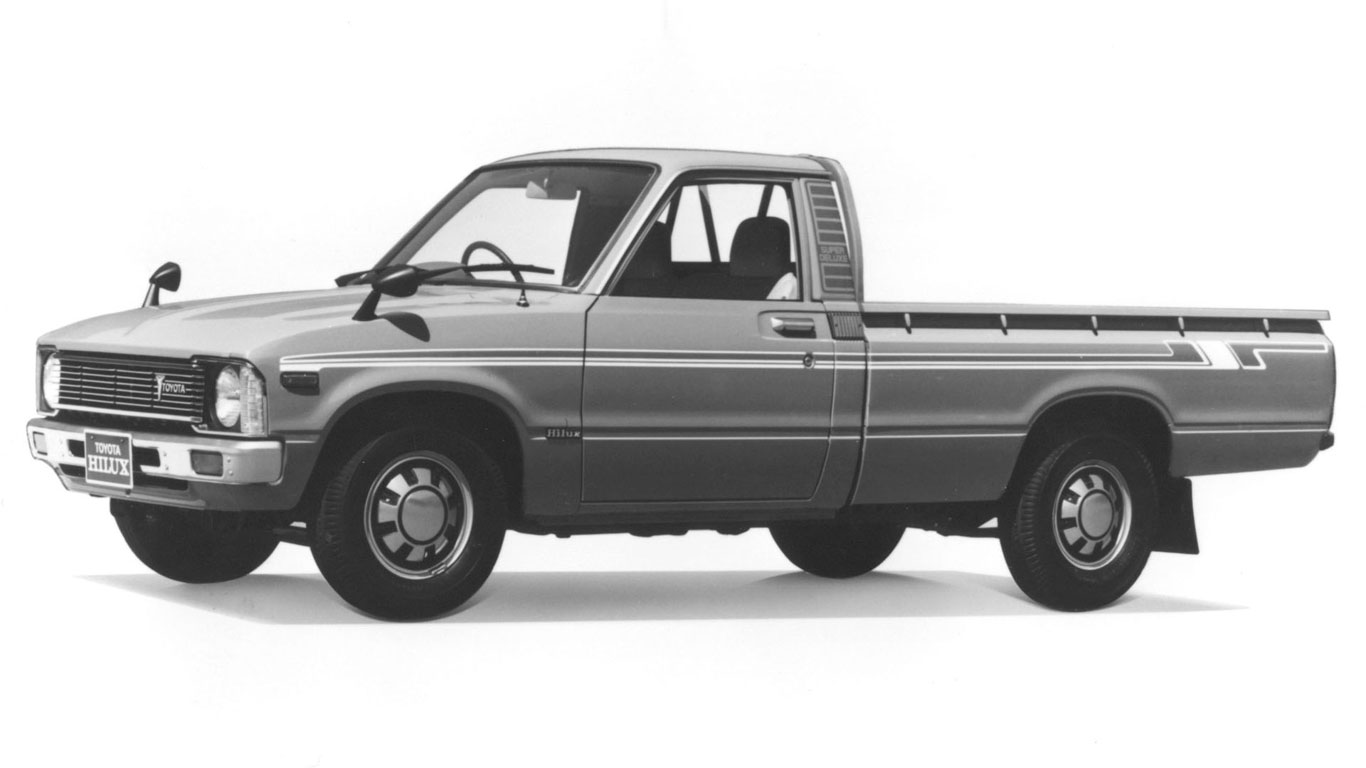
Three standard-length and four long-wheelbase versions were available, with a new Super Deluxe model introduced from launch, complete with extended cab some 90mm longer than standard. To take on the might of Ford and Chevrolet, Toyota marketed the pick-up under the banner of “Born in Japan, raised in the US,” emphasising the lifestyle element of its comparatively small truck.
Toyota Hilux N30
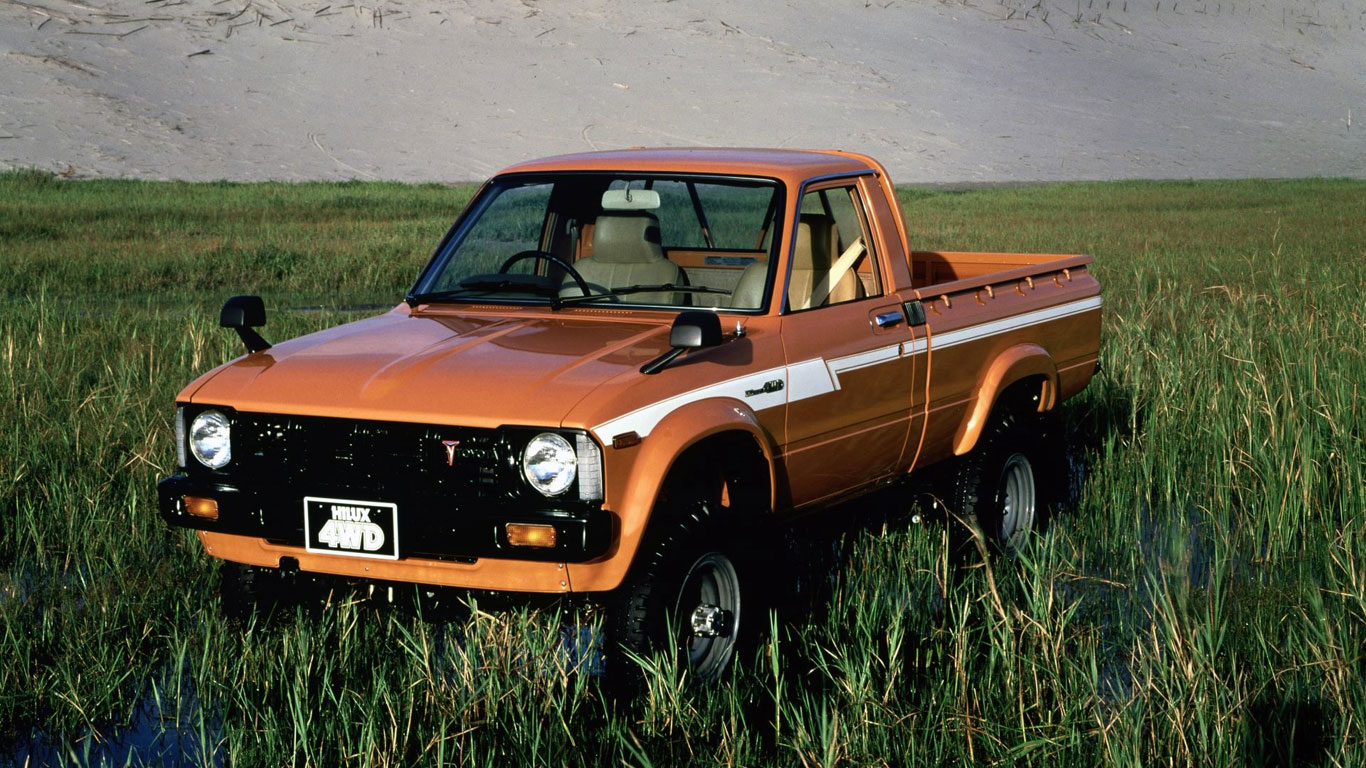
This was a period of big change for the Toyota Hilux, with the first four-wheel-drive model introduced in October 1979, sharing many of its components with the Land Cruiser. A year earlier, cumulative exports of the Hilux broke the one-million mark, with 800,000 units sold during the 1973 to 1978 period alone.
Toyota Hilux N30
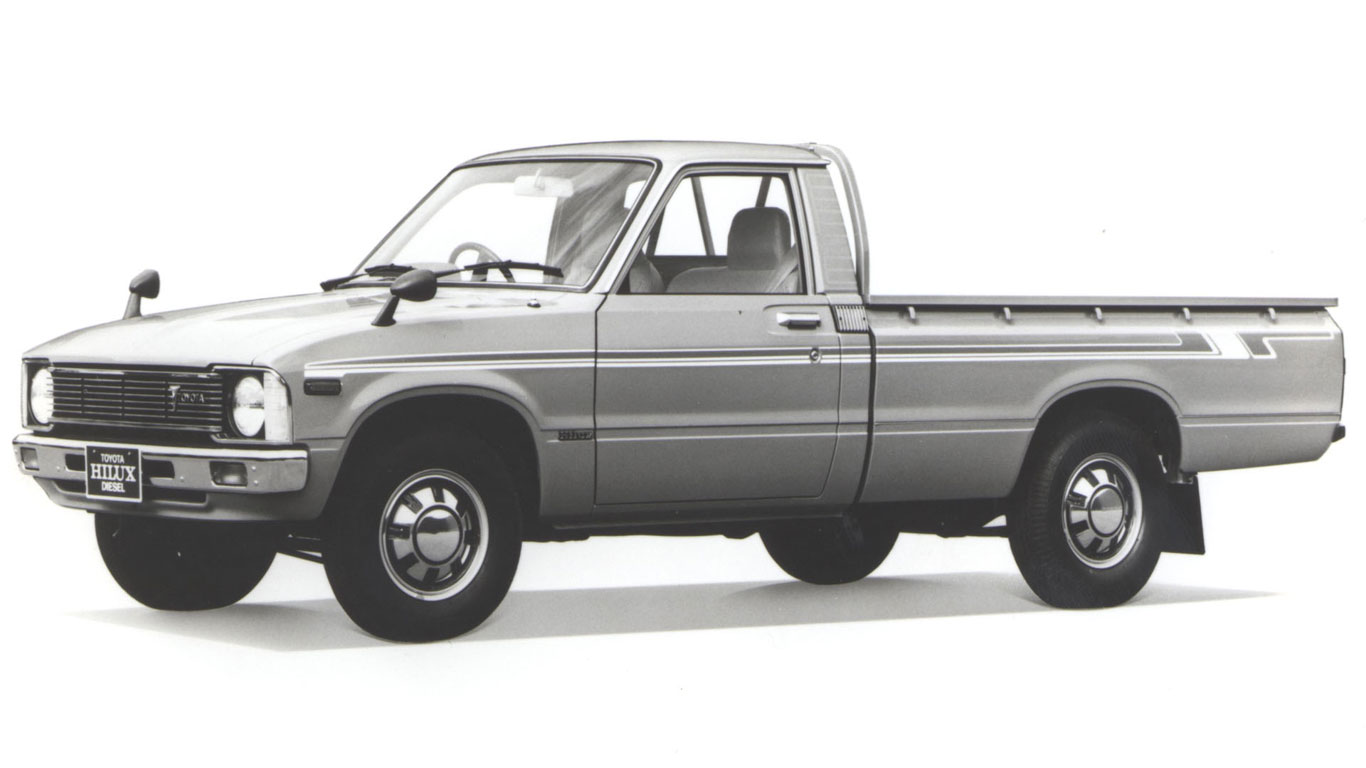
In response to the demand for economical diesel vehicles, five diesel engines were added to the Hilux range in December 1979. The 2.2-litre engine – lifted from the Hiace van – was mated to the recently developed five-speed manual gearbox with overdrive.
Toyota Hilux N40
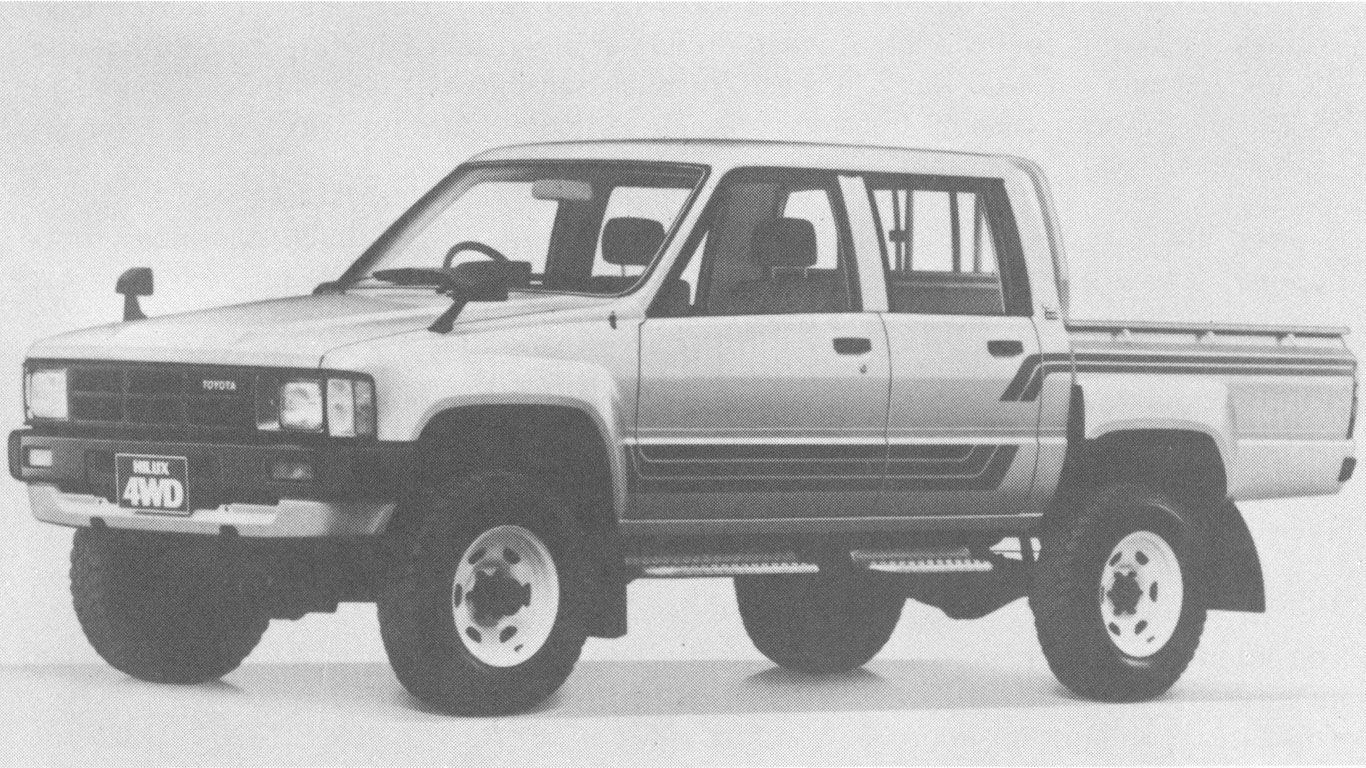
In November 1983, Toyota unveiled the fourth-generation Hilux, although its predecessor remained on sale in Japan as a rear-wheel-drive base model. All four-wheel-drive models featured a new body, complete with blister wheelarches at the front and rear. Once again, Toyota was keen to emphasise the car-like qualities of the Hilux, including a more ‘luxurious’ cabin and a new instrument panel. Options included power steering, an electric winch, automatic locking hubs, a clinometer and altimeter.
Toyota Hilux Surf
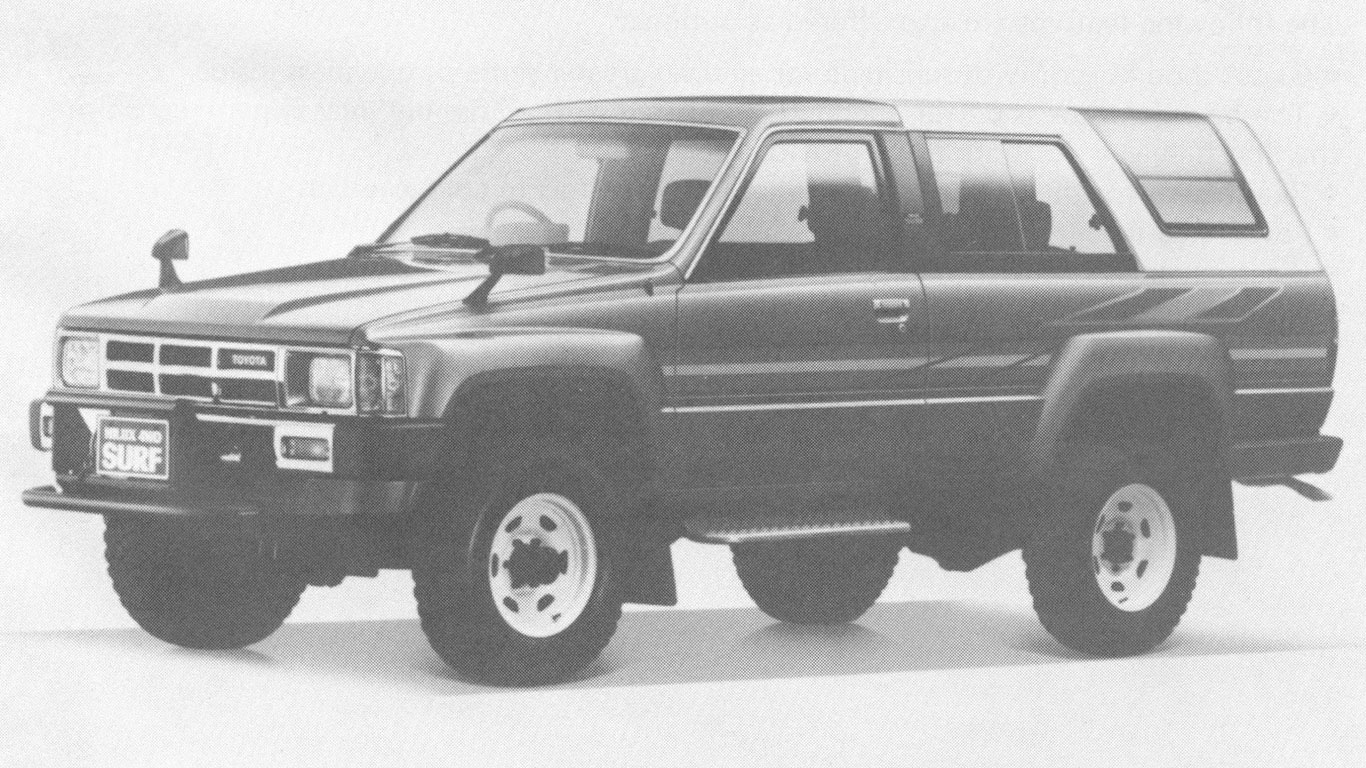
Back in 1981, Toyota had cosied up to Winnebago to create an oft-forgotten concept called the Trekker. The SUV was based on the four-wheel-drive Hilux, with Winnebago and two other body manufacturers adding a fibreglass body to create a rival to the Bronco or the Blazer. This led to the development of the Hilux-based Surf (or 4Runner), with a fibreglass top, electric rear windows, fabric upholstery and van-like versatility. Options included a carpeted rear deck, glass moonroof, rear heater for the back seat area and an electric winch.
Production reaches four million
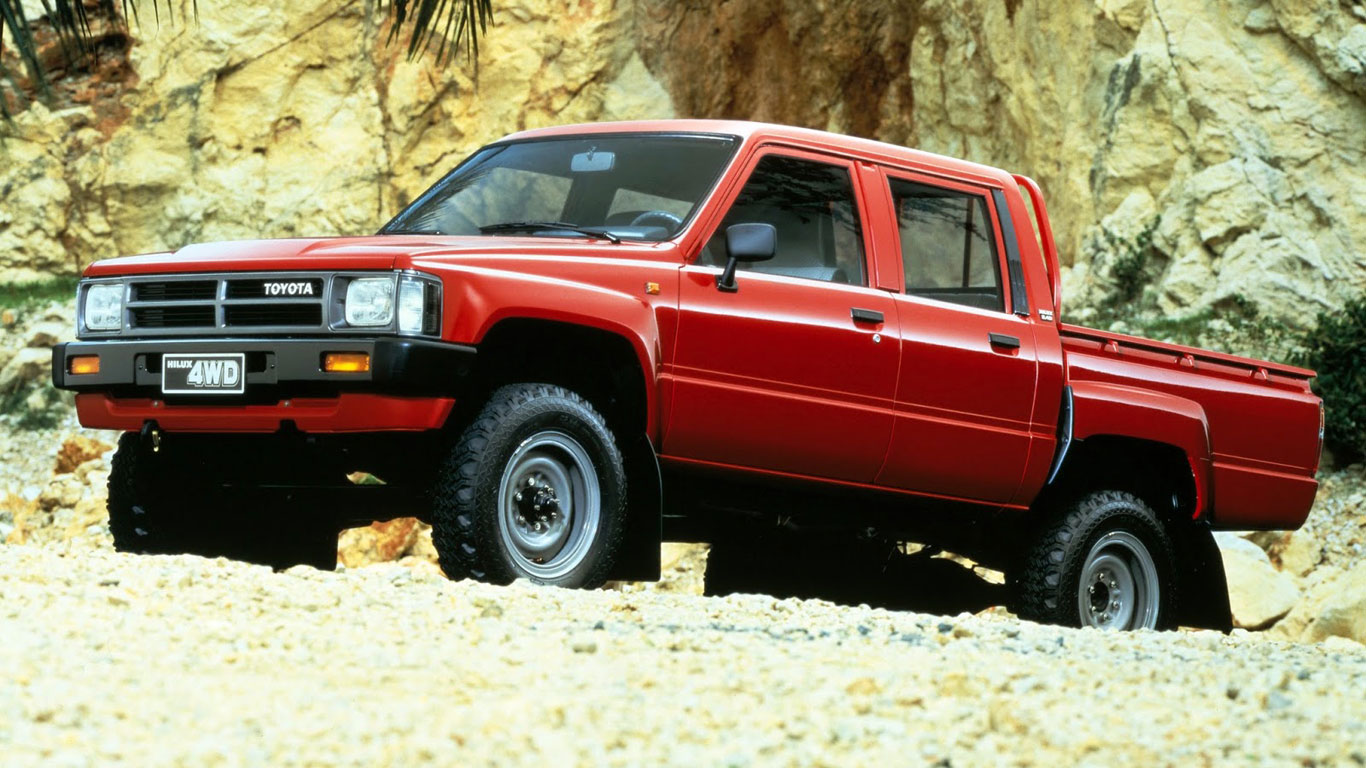
In June 1986, Toyota announced that cumulative production of the Hilux had hit four million, making it the first Toyota truck to reach this milestone. Of the four million units, exports accounted for around 90 percent, although in 1985 this was as much as 95 percent.
Toyota Hilux N50
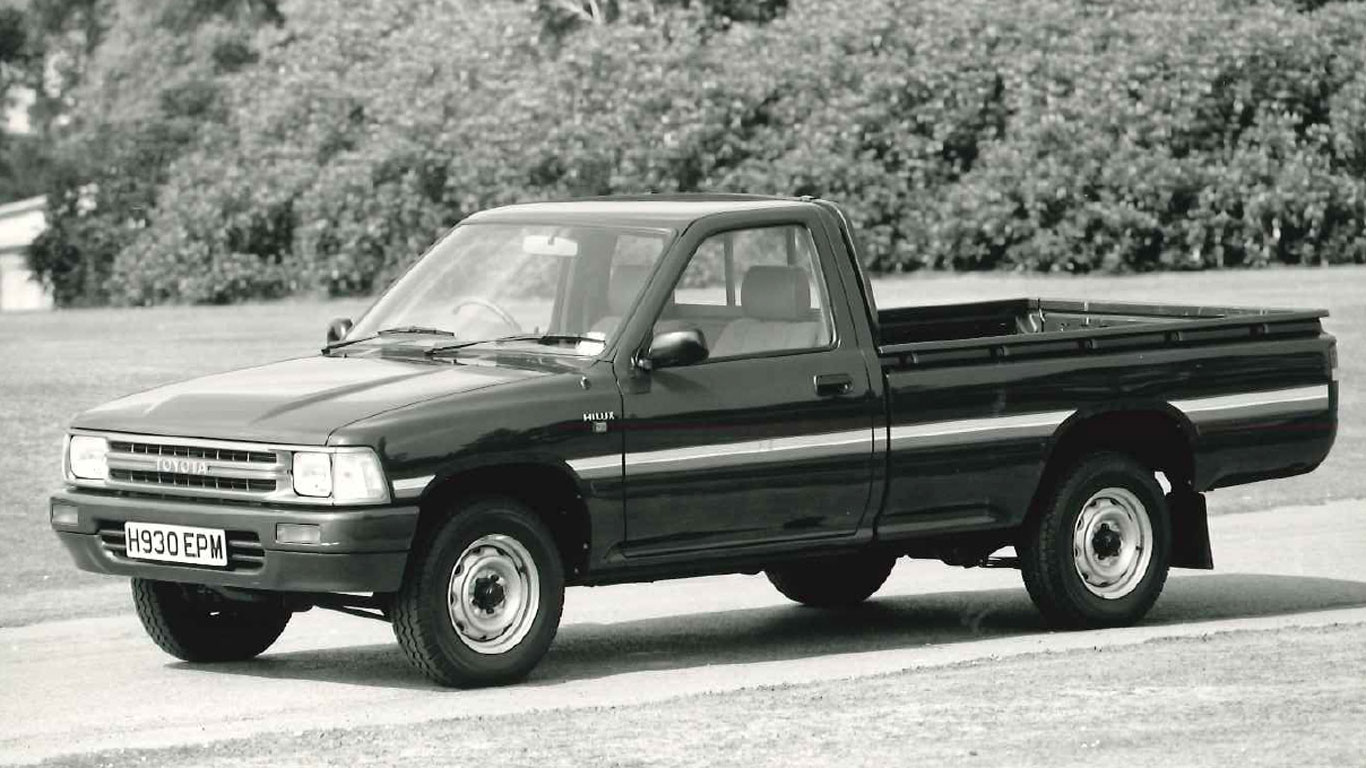
The fifth-generation Hilux was unveiled in September 1988, before arriving in the UK in 1989. “A commercial vehicle should combine reliability, durability, economy and the right specification for the job,” said Toyota GB, “and the familiar Hilux has done this with considerable style; its chunky good looks have always made it stand out in any working environment.”
Toyota Hilux N50
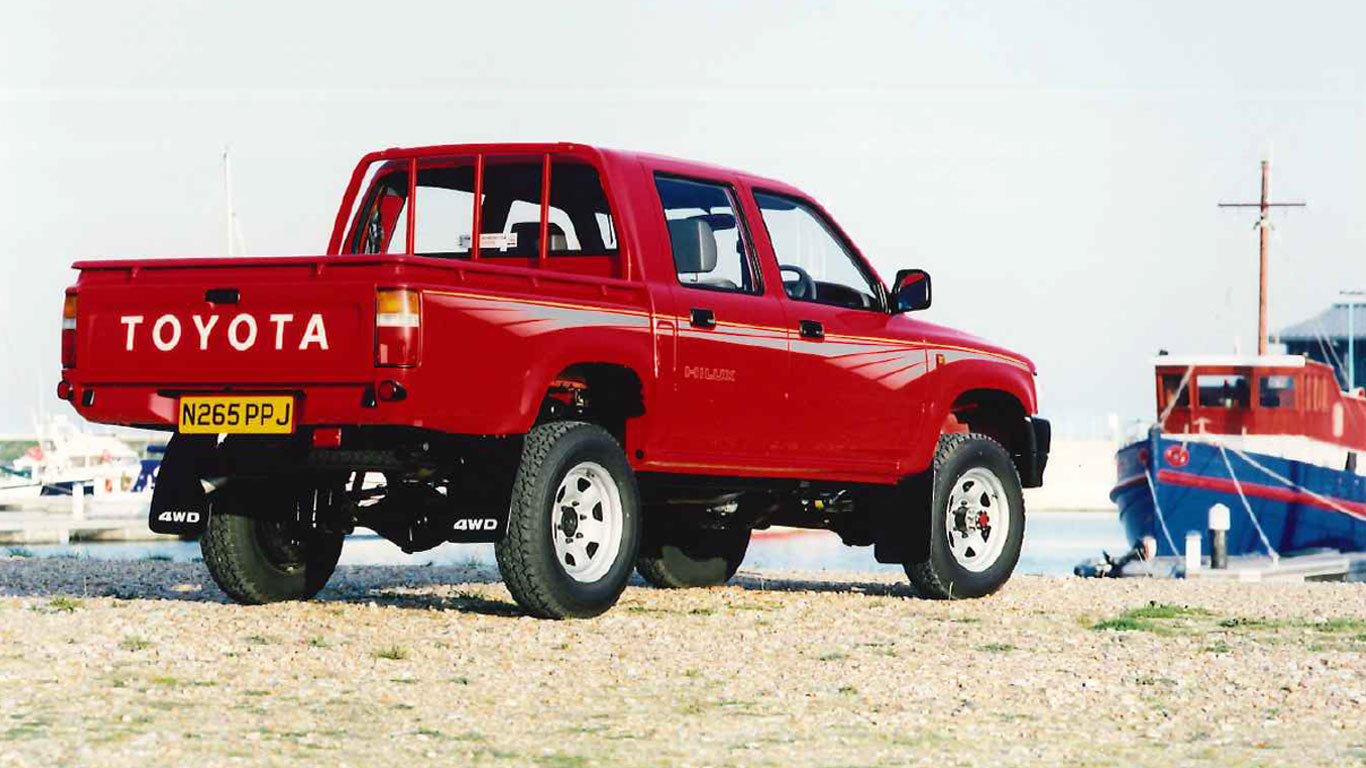
Three models were available at launch: a two-wheel-drive petrol for £7,348.50, and a choice of two four-wheel-drive options, powered by a petrol or diesel engine. Short- and long-wheelbase versions were available, along with double and Xtra cabs, but unlike in North America, the Hilux remained a commercial proposition.
Volkswagen Taro
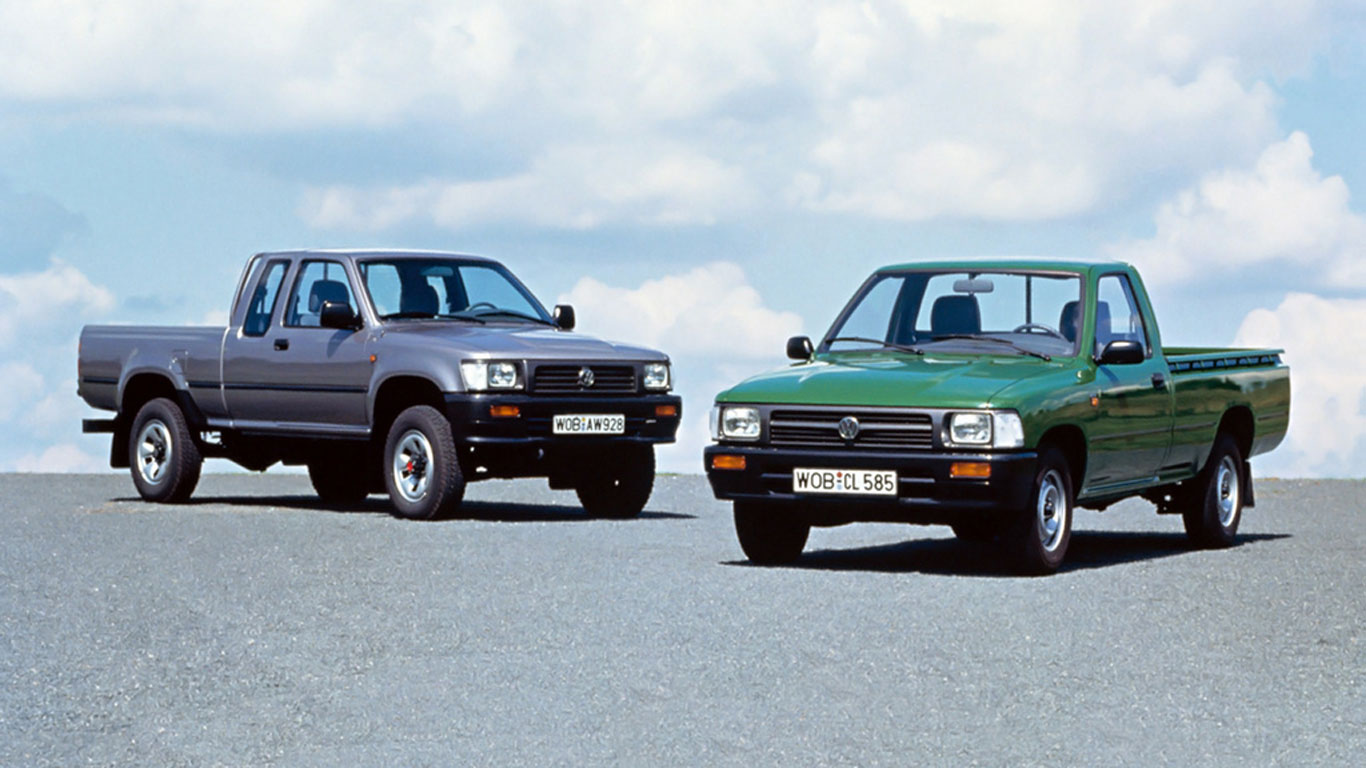
In 1989, overseas production of the Hilux began in Hanover, Germany, following an agreement between Toyota and Volkswagen. The relationship lasted just eight years, but led to the introduction of the VW Taro, while some two-wheel-drive Hilux models sold in Britain were made in Germany.
Toyota Tacoma
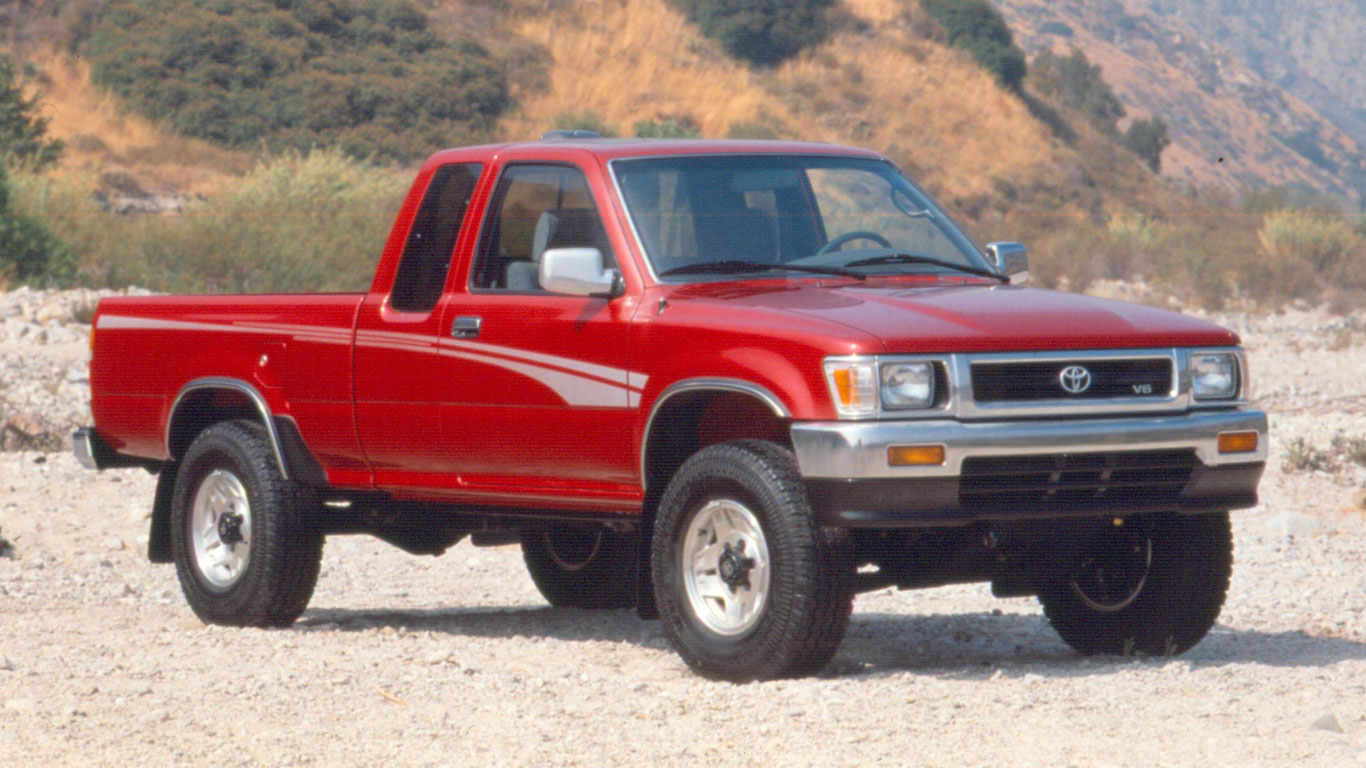
Meanwhile, in the USA, the Toyota Hilux was going through something of a revolution. Independent front suspension gave Toyota the space to fit a V6 engine, enabling it to compete with the Ford Ranger and Chevrolet S-10. But it wasn’t enough, and Toyota was forced into a rethink. The decision was made to switch from an imported truck to the US-built Tacoma, which arrived in 1995.
Toyota Hilux N60
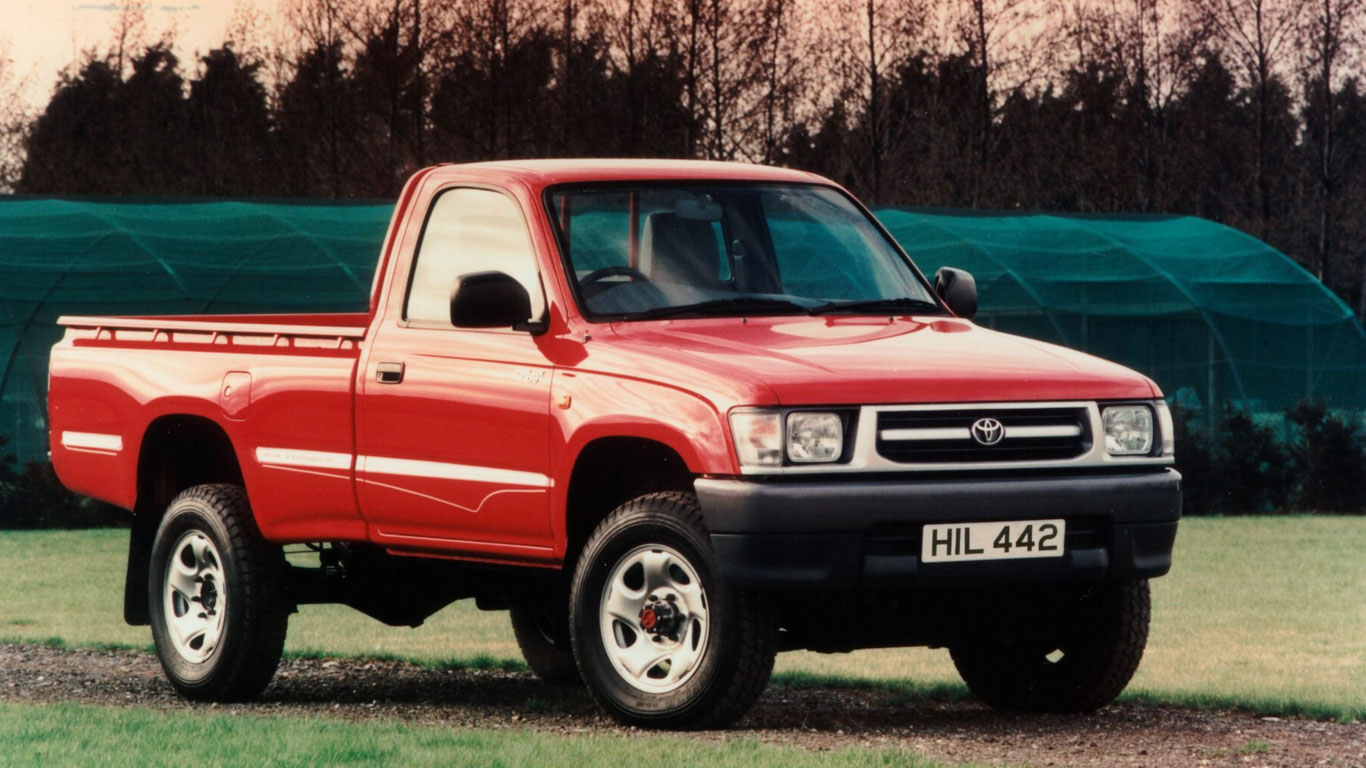
With the Hilux Surf/4Runner and Tacoma forging their own paths, the Hilux was left to go it alone. The sixth-generation pick-up arrived in 1997, with Toyota keen to emphasise the split-personality of the Hilux: as adept at carrying building materials as it was transporting mountain bikers to a muddy trail. “The new Hilux is dramatic and sporty in its design and will satisfy both the established market for reliable, working pick-up trucks and the newer, growing market where customers drive the vehicle in their leisure time,” said Toyota GB in October 1997.
Toyota Hilux N60
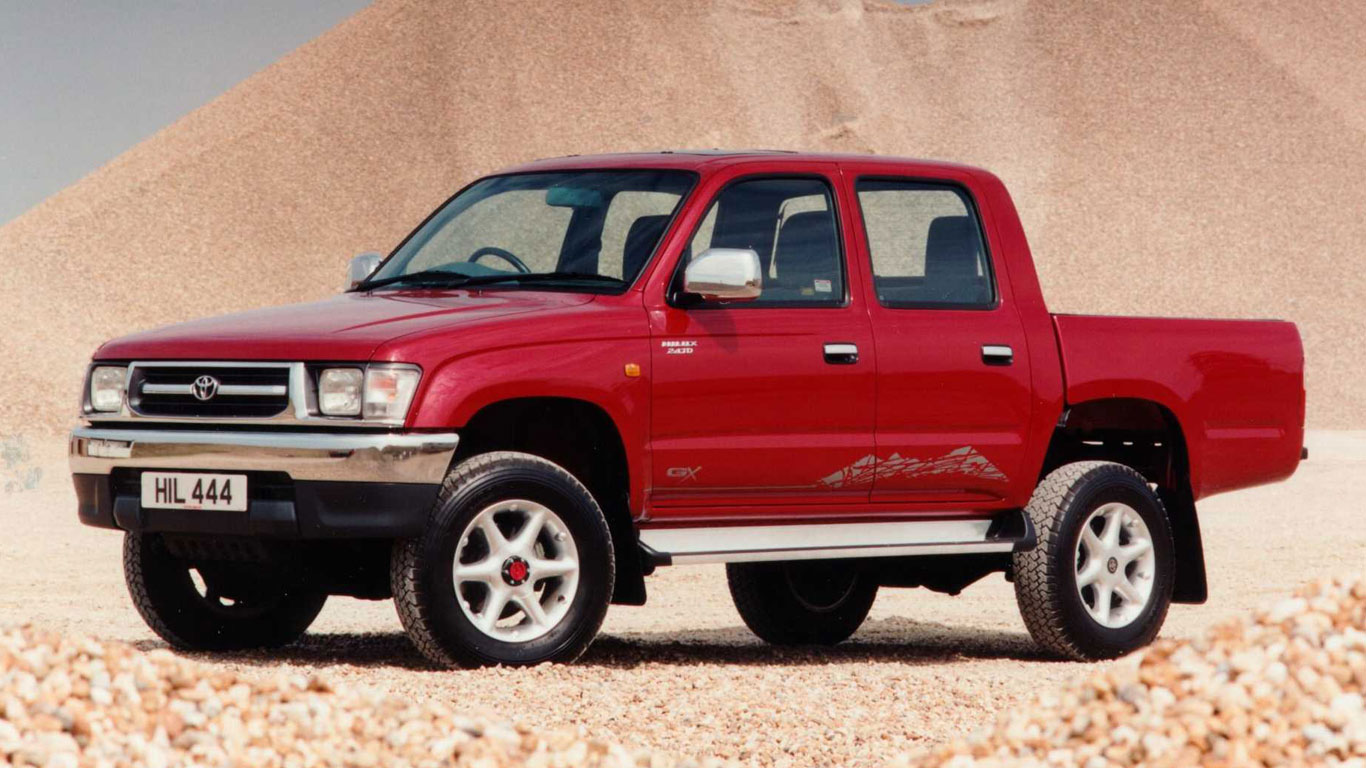
All models now came with independent front suspension, which played in a part in the Hilux re-establishing its lead in the commercial one-ton pick-up market. In Japan, Toyota even went as far as labelling the Hilux designed for personal use as the “Sports Pickup”, complete with sports seats.
Toyota Hilux N70
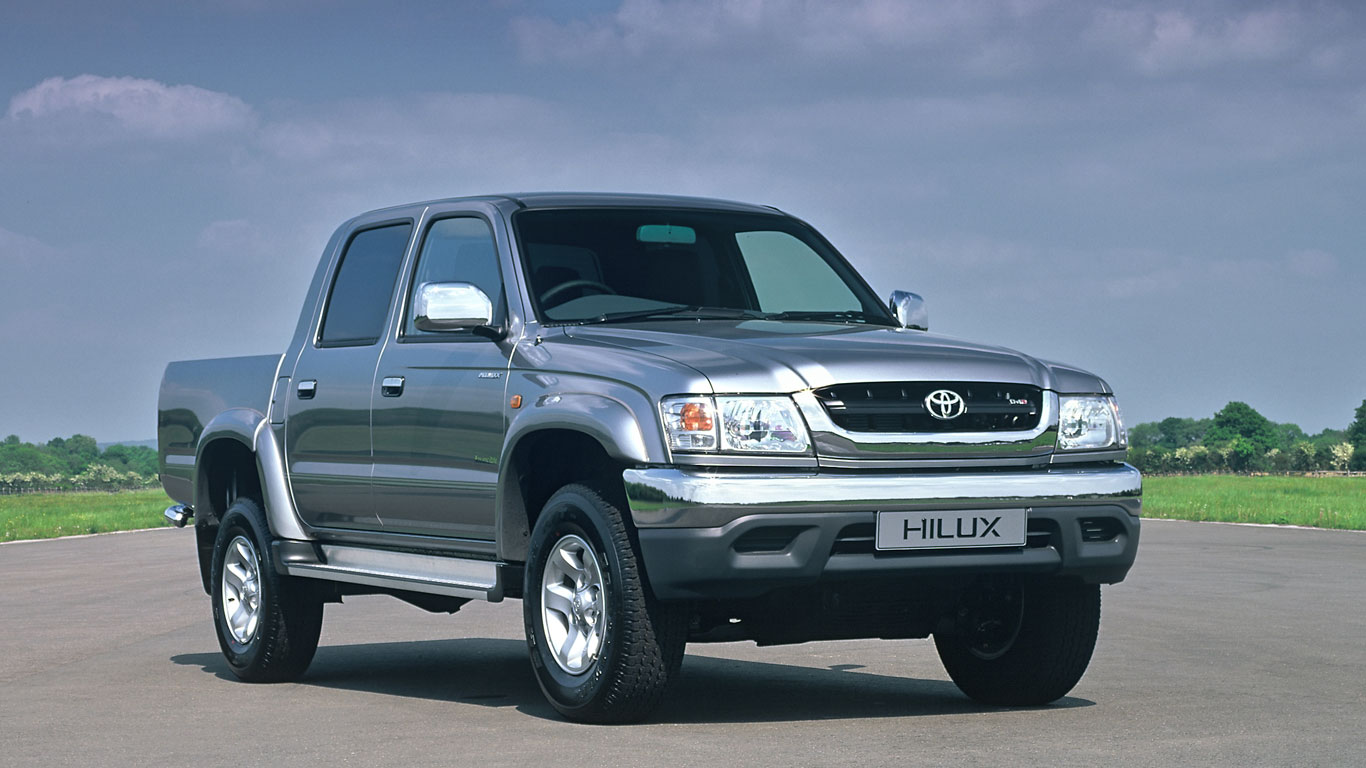
The seventh-generation Hilux arrived in August 2004 and was now on sale in 164 markets. This was the first Hilux to not be built in Japan, with production facilities based in nine different countries, including Thailand, South Africa and Argentina. Significantly, with sales (at this point) totalling 12 million, it was the second-best selling Toyota behind the Corolla.
The current Toyota Hilux
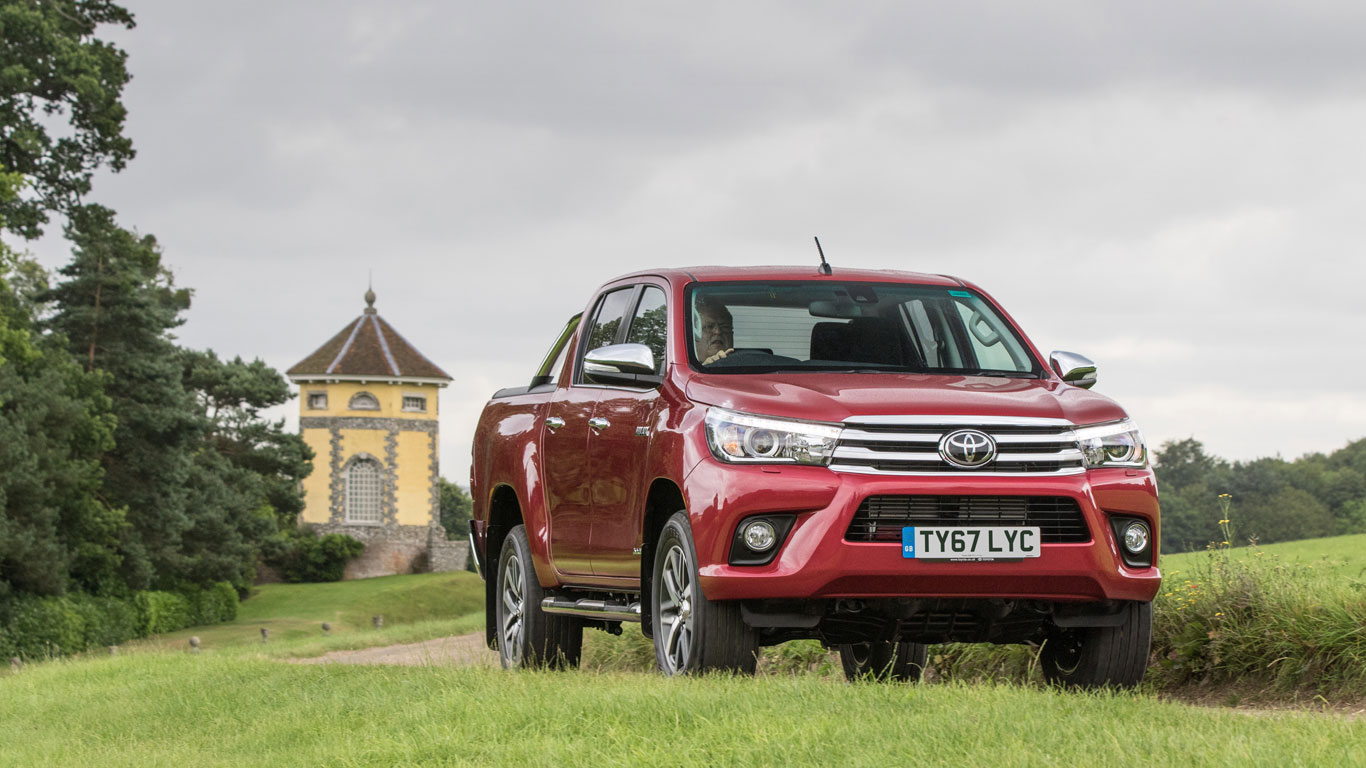
The current Toyota Hilux was introduced in May 2015, by which time the pick-up had amassed cumulative global sales of more than 18 million. Hiroki Nakajima, Hilux executive chief engineer, said: “My motto is ‘seeing is believing’, so I made it a point to begin by visiting as many countries where Hilux is sold as possible. Of those 172 countries around the world, I visited more than 110, to hear first-hand from real users and witness for myself the conditions in which Hilux was being driven.”
i love this article brother thank you